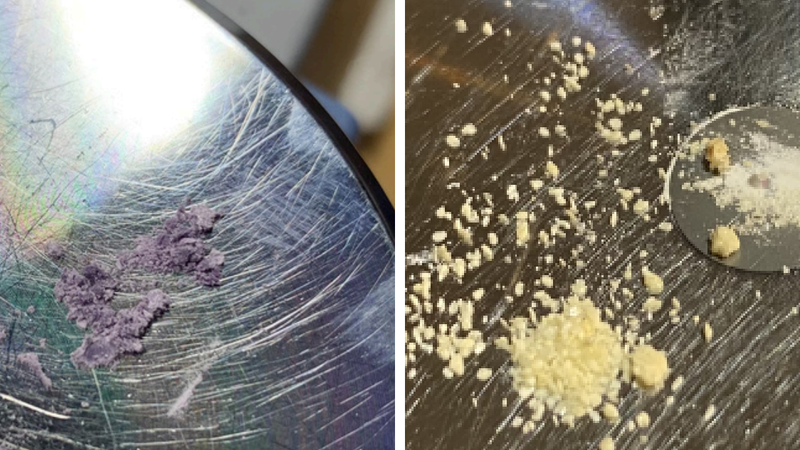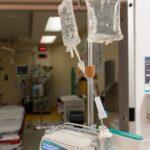In an urgent public health measure, Interior Health has issued a comprehensive toxic drug alert for the Kamloops region after laboratory testing confirmed dangerous concentrations of synthetic opioids in street drugs circulating throughout the community. The alert, which took effect yesterday evening, comes amid a troubling spike in overdose incidents reported by first responders across the Thompson-Nicola region.
“What we’re seeing is unprecedented contamination levels,” said Dr. Alexis Morrison, Interior Health’s chief medical health officer, in an exclusive interview with CO24 News. “The samples analyzed contain fentanyl concentrations up to 16 times stronger than what we typically encounter, along with benzodiazepine analogues that don’t respond to naloxone.”
The alert specifically identifies light purple and white powder substances being sold as “down” on Kamloops streets. Laboratory analysis revealed these substances contain extreme concentrations of fentanyl alongside nitazenes—synthetic opioids significantly more potent than fentanyl—creating a lethal combination that has overwhelmed local emergency services.
Royal Inland Hospital has reported a 43% increase in overdose admissions in the past 72 hours compared to the monthly average. Paramedics note that multiple naloxone administrations have been required in most cases, with several patients requiring intensive respiratory support upon arrival at medical facilities.
“The challenge with these particular substances is their unpredictability,” explained Sergeant Taylor Reid of the Kamloops RCMP drug unit in a statement to Canada News. “Users have no reliable way to determine potency, and with the benzodiazepine components not responding to naloxone, the risk factor increases exponentially.”
Interior Health has activated its emergency response protocol, deploying harm reduction teams throughout Kamloops, particularly in the North Shore and downtown areas where overdose clusters have been identified. Temporary overdose prevention sites have been established at four locations, operating with extended hours through the weekend.
Community outreach workers are distributing naloxone kits and fentanyl test strips, though health officials emphasize that test strips cannot detect all toxic compounds present in the current drug supply. The alert is scheduled to remain active for at least 14 days, with potential extension pending ongoing monitoring of the situation.
“This isn’t just a Kamloops issue—we’re seeing similar patterns across British Columbia,” noted Dr. Patricia Daly, provincial health officer, in yesterday’s CO24 Business report on healthcare resource allocation. “The increasingly toxic drug supply represents a significant public health emergency requiring coordinated provincial resources.”
Health officials strongly recommend that those who use drugs avoid using alone, start with small amounts, keep multiple naloxone kits readily available, and utilize the Lifeguard app or supervised consumption sites whenever possible. Interior Health has established a dedicated 24-hour hotline (1-888-353-2273) for those seeking immediate assistance or information regarding harm reduction services.
As communities across British Columbia continue navigating this complex public health challenge, one question becomes increasingly urgent: how will our healthcare and social systems adapt to address the evolving nature of this crisis as synthetic opioids become increasingly potent and unpredictable?
























